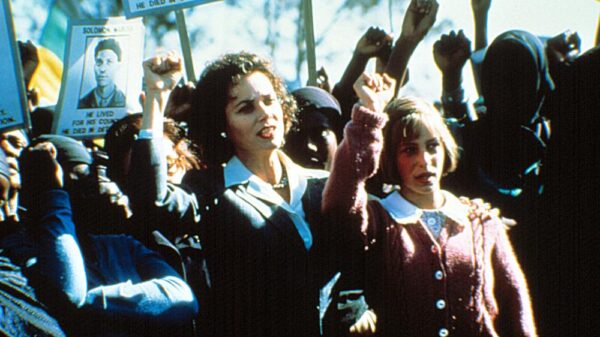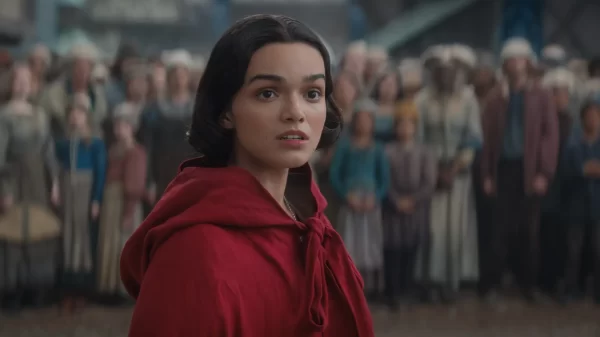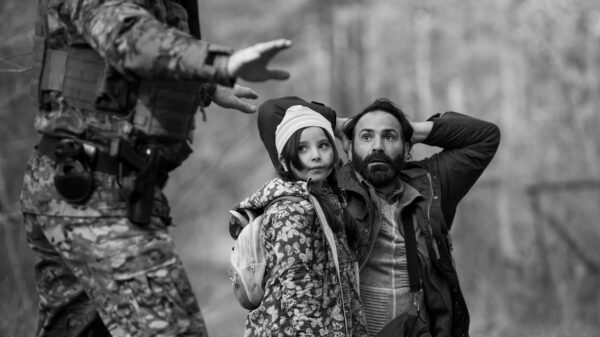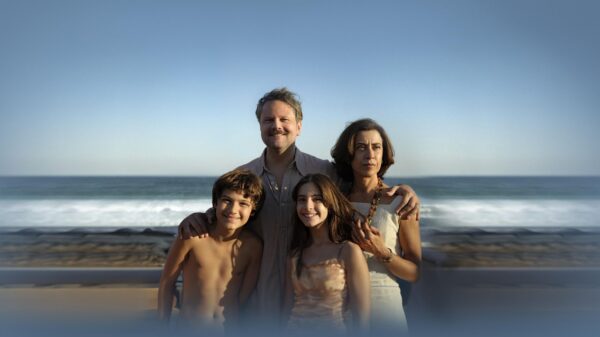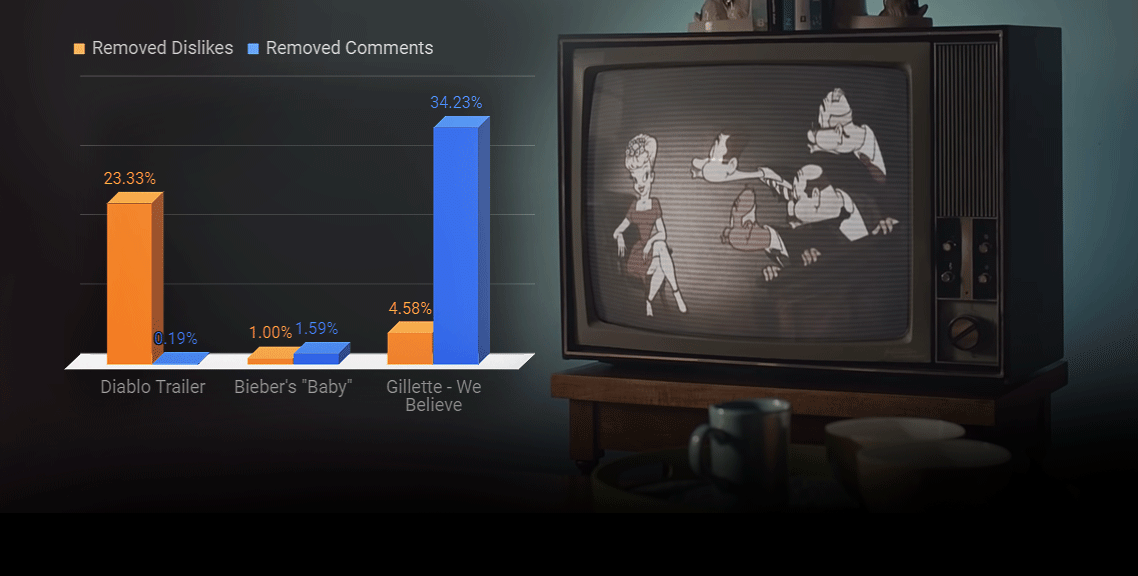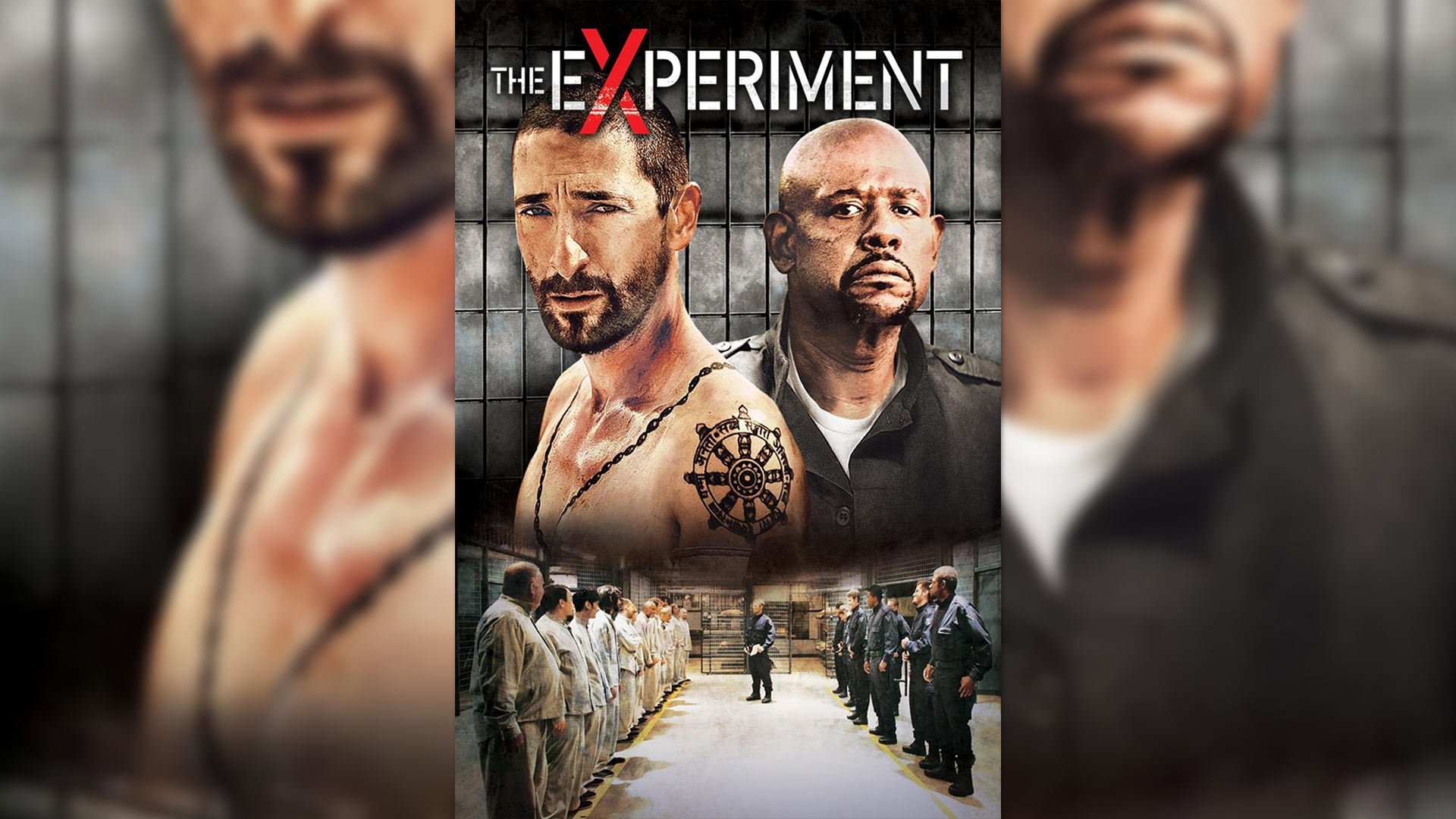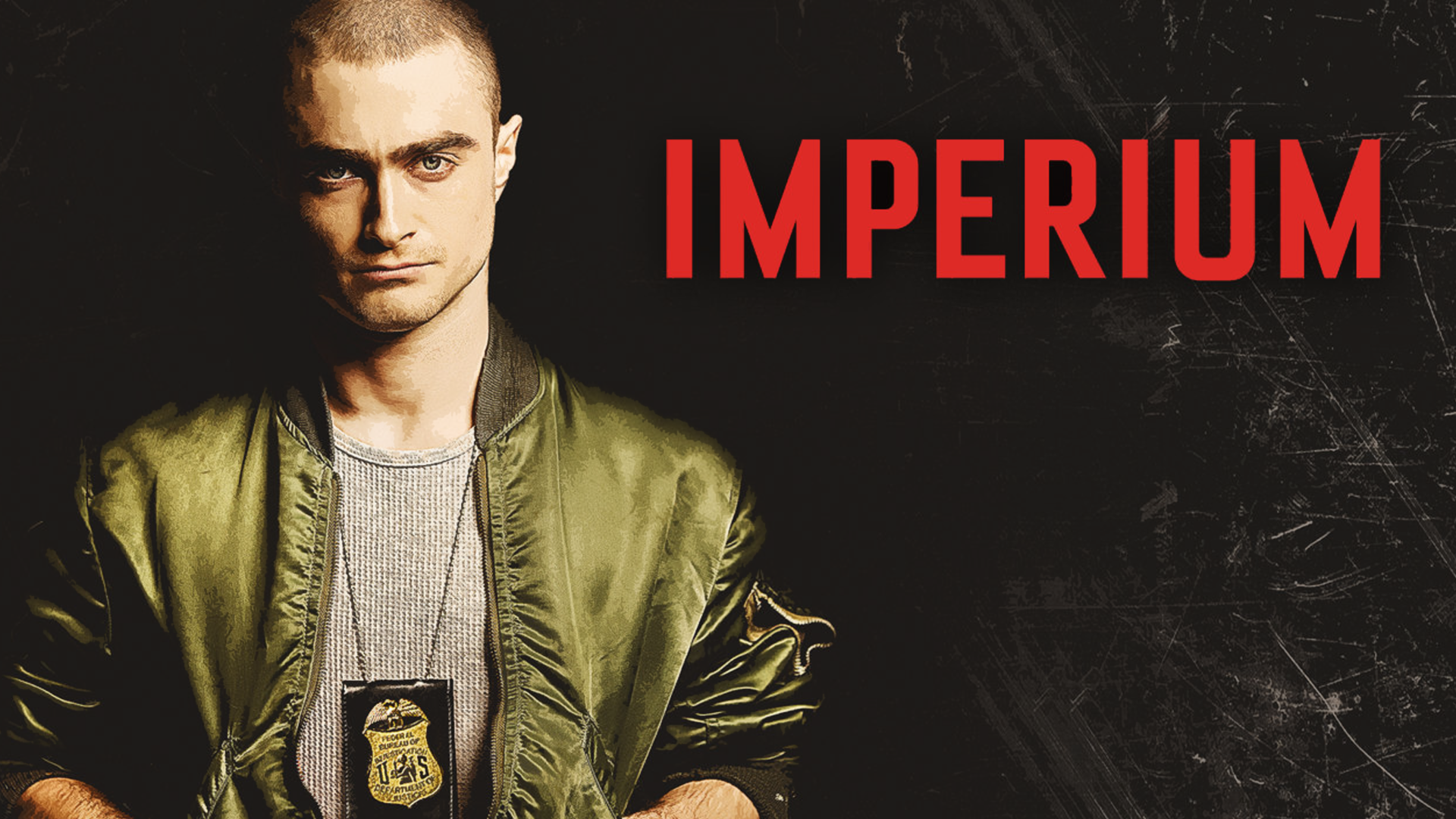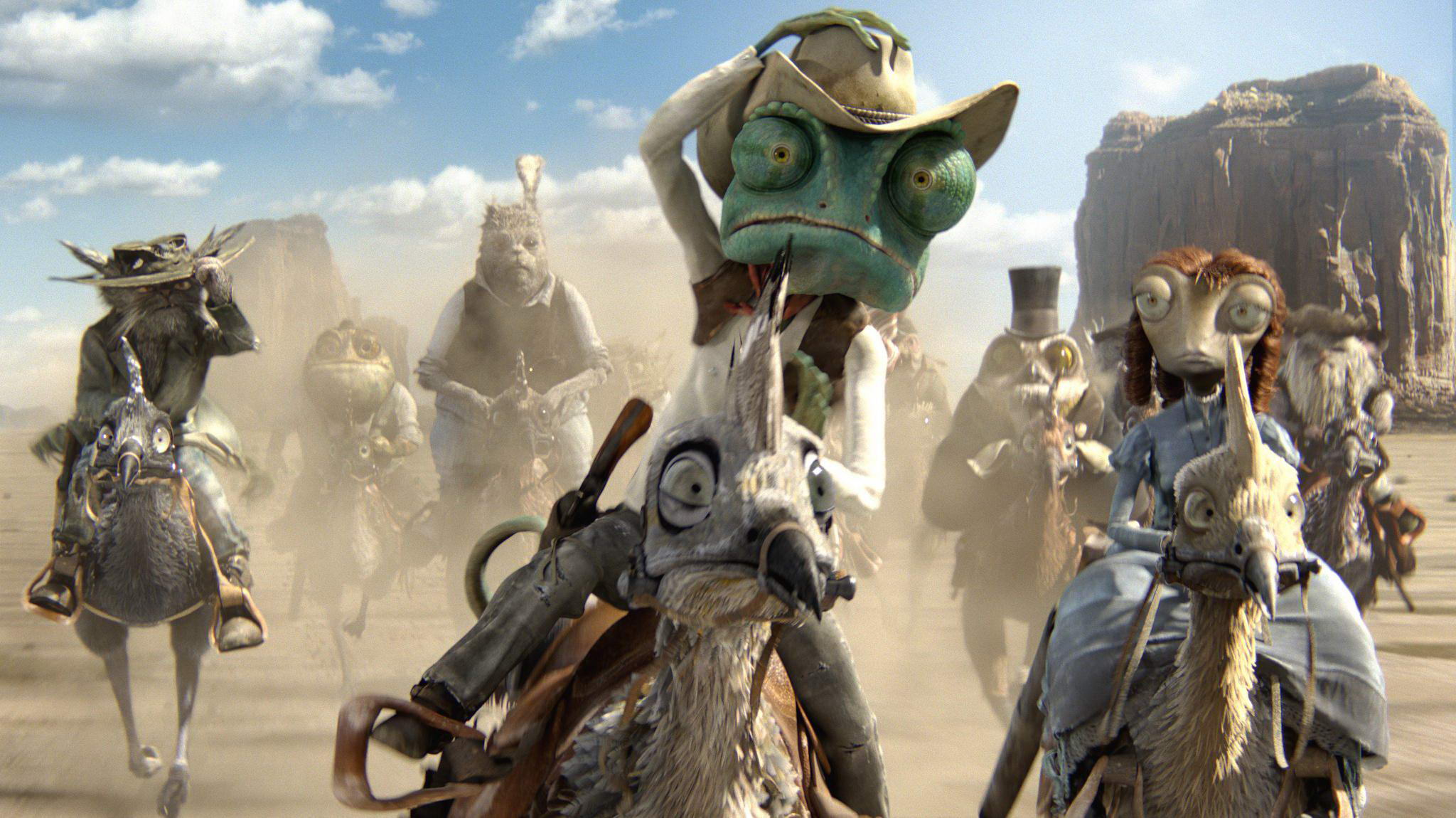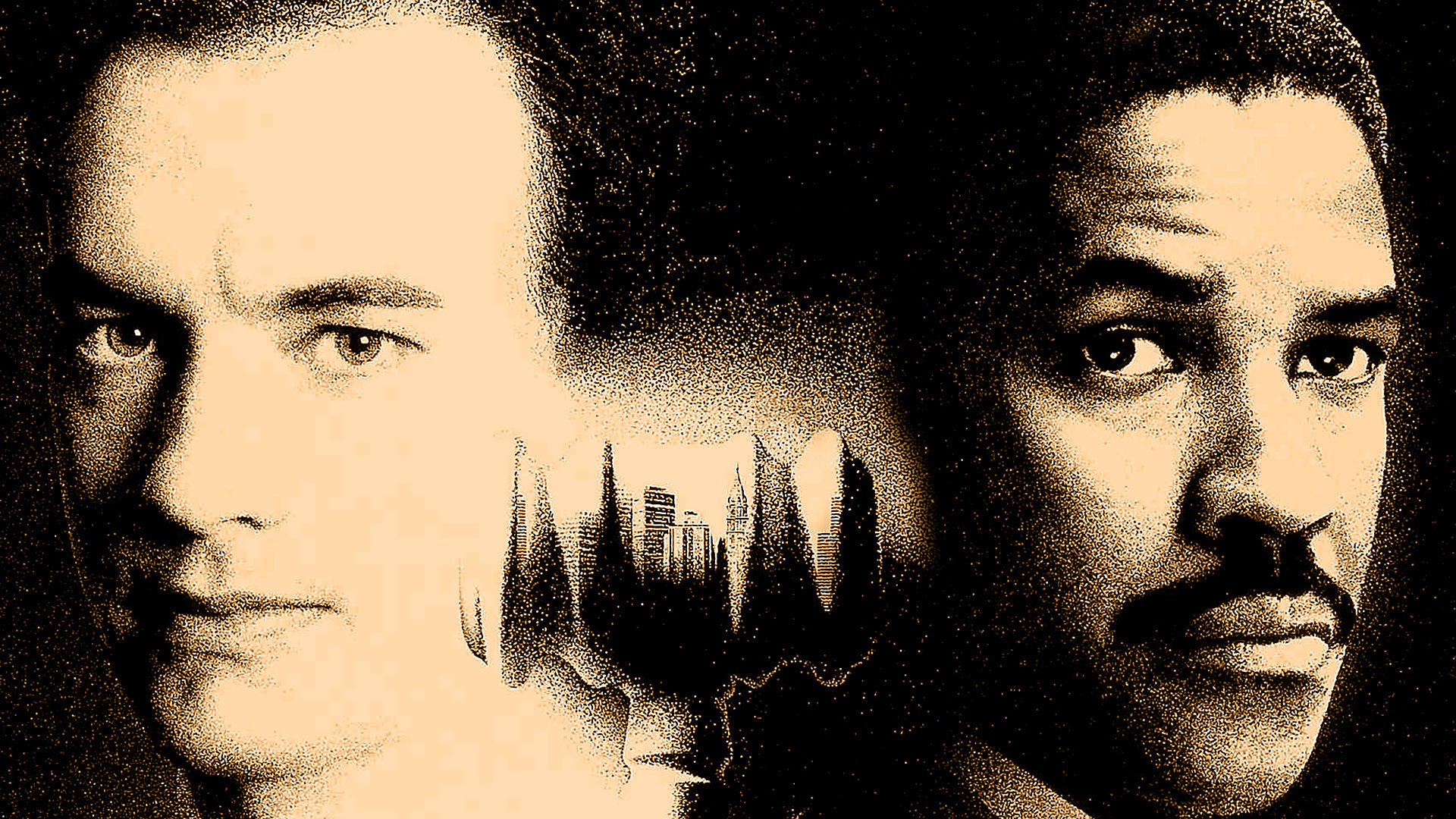Rango (2011) is an animated Western film about a chameleon that stumbles upon the town of Dirt, where he creates a false identity fulfilling his desires to be an actor. The chameleon protagonist whose real name – Lars – is hardly mentioned, falsely identifies as Rango, the toughest lizard of the west. Rango quickly acts his way into becoming Dirt’s new sheriff, as well as their only hope in preserving their town from deteriorating in the rough climate of the desert. Throughout this essay, I demonstrate how Rango identifies with the traditional Western genre through William J. Devlin’s, ‘The Decline of Ethics and the West(ern).’ I claim that this demonstration is challenged, and almost parodied, through the gender mobility seen in some of the main characters within the film as discussed in Jennifer Peterson’s, ‘The Competing Tunes of Johnny Guitar: Liberalism, Sexuality, Masquerade.’ Finally, by placing Rango in conversation with J. Hoberman’s ‘How the Western Was Lost,’ I claim that Rango’s undertones of gender mobility imply the dying of the genre itself through the loss of both the ideal male Western hero and the archetypes that structure the west.
Traditional Western films make it easy for their audience to discern good from evil, and follow a basic structure where in the end the hero almost always prevails. Devlin writes, “…the moral poles of good and bad in the western cinematic society are very clearly defined,” which in turn “helps to provide stability and order to the western film” (221-222). We see many of these traditional qualities throughout Rango, insofar as the plot follows these central features that make up a Western. Rango is centered on a town whose name, Dirt, resembles not only the environmental aspects, but also the obvious harsh conditions of the fictional town. Even the town’s people represented in the film mimic the traditional Western in that they are “represented as good, innocent families seeking a better life for themselves through hard work and honest living” (Devlin, 226). Dirt is in need of a hero to preserve the water and keep the town from disappearing, and Rango steps in to fill this need. Rango – although arbitrarily constructed by Lars – manages to rescue the town after a series of lucky standoffs against the ‘bad guys,’ most notably against Rattlesnake Jake whose death marks the end of the town’s struggles and concludes the film in a glorious victory. Rango ends similarly to a traditional Western film as Devlin writes, “The western narrative is thus able to weave the hero and the villain(s) of the film together in such a way that good always triumphs over evil” (226). However, we see that Rango comes to challenge the classic Western through the gender mobility seen in two of the main protagonists, raising the larger question of how these protagonist(s) can save the traditional West if they themselves don’t fulfill the heroic Western stereotypes. This question complicates the true intentions of the film and perhaps hints at a larger issue as to how the west was lost through notions that contradict its traditional qualities.
Lars A.K.A Rango
In the beginning we are introduced to the protagonist, Lars – later known as Rango – who has a passion for acting and adopting roles unlike his usual self. Lars displays a level of femininity and high-maintenance; in the beginning he asks for hydration and lotion because his teeth are “chapped” and he’s down to his “last layer of skin.” He stands in an outlandish Hawaiian shirt and at times displays flamboyant tendencies through his dramatic hand and body gestures. However, when he stumbles upon the ragged town of Dirt, he realizes that he must conform to something greater than himself in order to survive, thus creating Rango. In Jennifer Peterson’s piece about ‘Liberalism, Sexuality, Masquerade’ in relation to the film Johnny Guitar she writes, “Johnny, too, is endowed with the ability to change his identity. He embodies the myth of the ex-gunfighter, a western convention, but with a twist: he has changed his name from Johnny Logan to the ridiculous and flamboyant Johnny Guitar, an example of the film’s intentional parody” (332). This gender mobility and identity change as displayed in the 1954 film, Johnny Guitar, is also seen in Rango. Lars, the chameleon protagonist, is able to switch his identity in attempts to repress his true self in order to survive within this new environment and test his acting skills. Moreover, one could argue Lars’ tendency to change his identity through acting is an act of repression towards his latent homosexual desires, thus creating a false, masculine identity to better conform to his surroundings and become accepted by others. Lars is able to construct a “spectacle of masquerade a mechanism of power and fantasy” (337). By making up the name, ‘Rango’, which represents not only the idea of a heteronormative masculine figure, but in a way parodies the very masculinity that he attempts to embody through this machismo name. This false identity shows how a name can single handily define an individual, alluding to a tough heteronormative figure that even the western town itself relies upon.
In addition to Lars, we are introduced to another important protagonist who goes by the name of Beans. Beans, however, plays a female lizard that demonstrates a level of confidence and masculinity that easily surpasses Lars – traits you wouldn’t normally expect from a female lead in the traditional Western. We are first introduced to Beans holding a double barrel shotgun, and throughout the film she is “not made to deny her desires: rather, she played with power relations, always retaining control of her outwardly perceived identity” (Peterson, 331). Beans thus identifies with Lars’, insofar as she too displays acts of gender mobility by representing masculine traits as a female. We see these qualities not only in her actions but in dialogue as well, where she at one point tells the mayor to “go to hell” in response to his lack of sympathy towards her deteriorating property due the climate (which presents another notable masculine quality of land ownership). Furthermore, as Peterson writes of Vienna in Johnny Guitar, “her gender is not static but floating both ‘feminine’ and ‘masculine,’ allowing her to stand as a self-sufficient individualistic western hero” (334). Beans embodies the same kind of self-sufficient attitude that Vienna demonstrates, due partially to her personality and rough environment by which she’s surrounded. This attitude relates to the dying of Western archetypes, in that by seeing a female lead act with such robust mannerisms it contradicts the conventional, submissive female that was commonly portrayed in films during the traditional era.
Gender-Bending and Genre-Bending
In Rango, we can see the complicated gender-bending lines between two of the main protagonists, which “allow the film to explore gender slippage while still upholding the traditional heteronormative understanding of sexual relationships” (Peterson, 334). We see Lars demonstrating these two conflicting positions as he fulfills the role of Rango and is in a relationship with Beans at the end of the film, despite initial hints of effeminacy. These effective, and rather hidden innovations throughout the film that recognize the gender “constructedness” (Peterson, 337) complicate the traditional Western, posing the question as to whether or not this is a metaphor for something much larger than the perceived, traditional Western plot; in that perhaps preserving the town of Dirt’s water, was also a metaphor for preserving the west.
Throughout Rango, we see animals of all kinds coming together from the same town in attempts to find the water they need in order to survive. After a series of letdowns and no sign of hope for the town’s survival, Rango has an epiphany and links the town’s water supply from the underground line that hydrates Las Vegas. Although the end is victorious in that the town survives, the bad guys perish, and Rango redeems himself, there is a still a larger message being conveyed. The hero in Rango is a gender-bending chameleon that only pretends to act as a hero, and through a series of lucky streaks succeeds in doing so. However, J. Hoberman writes in ‘How The Western Was Lost,’ “…the extraordinary succession of revisionist and parody Westerns that appeared around the turn of decade did embody a desire to acknowledge a multiplicity of perspectives on the winning (or losing) of the West” (90). This suggests that the protagonist’s progressive gender roles and the film’s lack of a traditional hero demonstrate how Rango is hinting at something much larger. As Hoberman writes, the decline of the Western “effectively redefined the masculine screen image,” (91); through Lars’ false fulfillment of Western machismo and Dirt’s reliance on a fictitious hero, Rango implies the impending death of the Western genre.
Rango’s focus on the low water supply is a metaphor as to how the west, and even the Western genre, was lost. Its downturn was inevitable, and during “the nineteenth and early twentieth centuries may have had its own ideological agenda” (Hoberman, 91) that couldn’t compete with more progressive ideals. These ideals that developed over time introduced perspectives such as gender and identity crises to Western characters. Since these embedded qualities of Rango represent the loss of the west, it’s important to also note how and why Rango ended so victoriously. Dirt and its people survive in the end thanks to a water supply being funneled from Las Vegas – a modern, developed city full of eastern values that the west had always historically resented. This link between the town of Dirt and Las Vegas is a striking illustration for how the west could only survive with help of the east and its principles. Dirt’s reliance presents the implication that there cannot be a west without an east, further solidifying the loss of the true, self-sustaining west.
Conclusion
On the surface, Rango may represent a traditional Western plot where the line between good vs. evil is made clear, the objective is simple, and the end is always in favor of the hero who we come to admire and idolize. However, beneath the surface there is more to the story being told in this film, which is represented largely through the protagonists who challenge the traditional Western stereotypes. From this, I’ve concluded that Rango is implying the loss of both the ideological west and of the corresponding Western genre. It further suggests that the celebrated, idealized Western hero never really existed, and will thus never be able to actually save the west. Instead, we have Rango, who quite literally acts like the hero we’ve grown to believe existed. Rango’s victorious, yet paradoxical ending concludes that the west relies on the east to construct its archetypes; it can only exist as an ideological sphere and will inevitably die as eastern principles progress. Though in the end Rango may have found the solution to preserve the western town of Dirt, he cannot remedy the overarching issue of the loss of the west and its now complete reliance on a more developed society.


